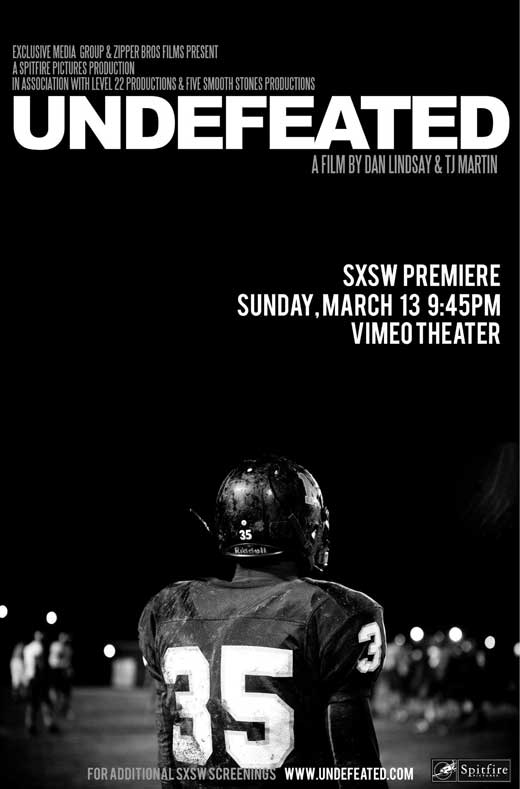
This weekend in my movie class, we saw another bonus screening -- the new comedy “Wanderlust” starring Paul Rudd and Jennifer Aniston.
Synopsis
After a married couple find themselves destitute, they seek greener pastures elsewhere – but when they get sidetracked at a hippy commune, can the discover happiness there?
Story
George & Linda (Rudd & Aniston) are a successful husband and wife living well in New York City. Having just scored a pricey apartment in a choice Manhattan neighborhood, things are looking up until Linda’s deal for a documentary with HBO falls through and George loses his job when his employer goes out of business. Desperate to earn a living in these difficult economic times, they decide to move to Atlanta so George can work for his obnoxious brother.
Along the way, they decide to stay at a small bed and breakfast inn called Elysium, owned by Carvin (Alan Alda). What George and Linda soon discover about the place is that it’s a commune populated with a number of hippies who’ve completely dropped out of society. Shortly thereafter, they are taken under the wing of Seth (Justin Theroux), the apparent leader of the group who mentors the couple about the commune’s free and open lifestyle. Following a brief but pleasant stay at the commune, George and Linda head off on their way to his brother’s place, but George eventually realizes that he’s utterly miserable there and they return to the commune.
Initially, Linda is reluctant despite George’s enthusiasm for the idea, but their opinions change when George learns that Seth is trying to steal Linda away from him. Seeing that Linda is now embracing this unusual philosophy, George tries to convince her to leave when he believes he may have a new job opportunity; much to his dismay, Linda decides to remain at the commune. But when Seth ultimately reveals himself to be a truly unscrupulous person, can George prove to Linda Seth is unworthy and somehow manage to win her back?
Review
Have you ever gone to a movie that you wanted to like and expected to enjoy and wound up mildly – or even greatly – disappointed? I certainly have – and “Wanderlust” is the most recent example of this occurrence. Let’s face it – a Judd Apatow comedy with two proven stars seems like a sure thing. Yet this movie somehow manages to fall a little bit short – not a terrible work, just a bit flat as the truly funny scenes are few and far between as other attempts at humor simply flatline.
While I certainly wouldn’t recommend that you run out to your local theater and see this movie immediately, there are definitely some good performances and funny moments. Rudd is particularly funny in a scene where he has to psyche himself up to have sex with another woman and Aniston is also convincing in her humorous transformation from a skeptic to a true believer of this newfound freedom. In their own contributions, both Theroux and Alda are also extremely commendable in their roles as well.
Following the screening, our instructor interviewed the film’s director and co-writer David Wain. At the outset of the interview, Wain seemed rather subdued – eventually, we learned why. This was the opening weekend for “Wanderlust” and it turned out that it tanked at the box office, coming in 8th among the top 10 grossing movies. Despite this, the interview with Wain was fascinating and entertaining. Wain mentioned that he wound up having to reshoot after noticing some story issues during editing and test screenings. Additionally, he had a rather insightful observation, stating that movies are written a total of three times: once when the screenplay is typed, again during shooting and finally in its editing.



















